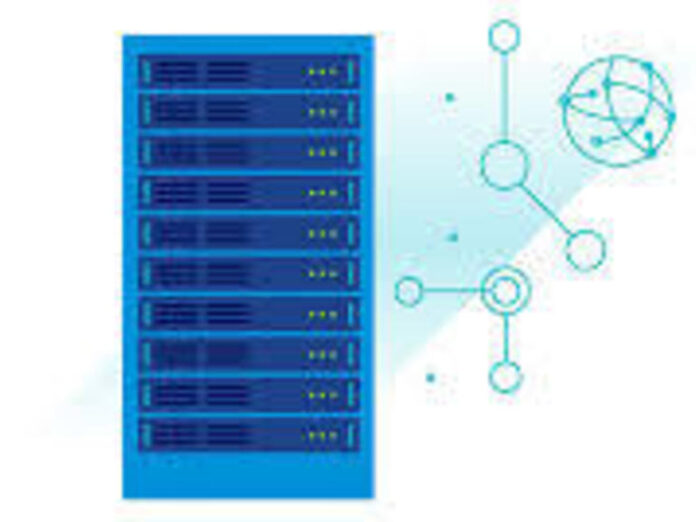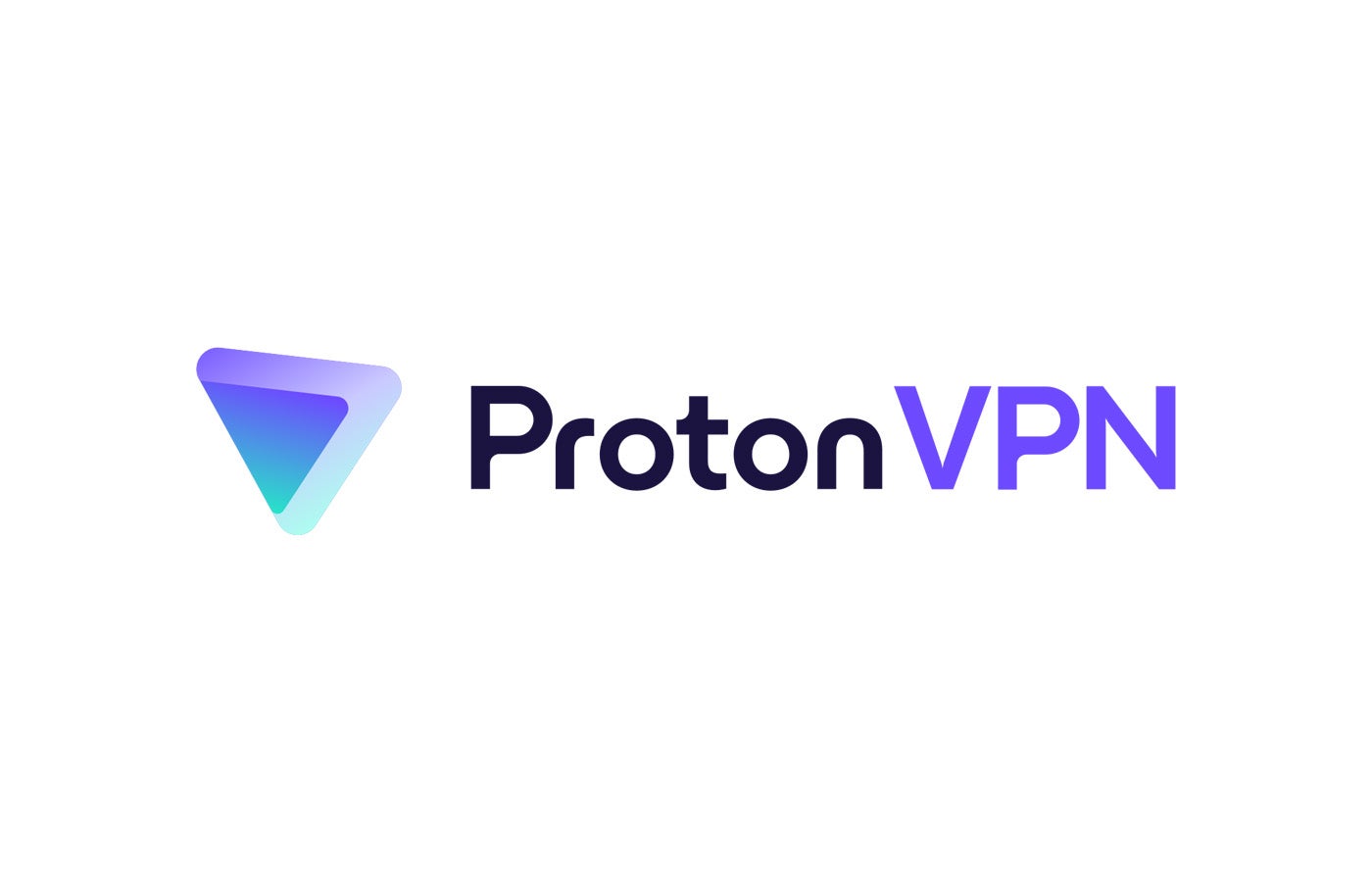Nutanix, which has evolved software-defined hyperconverged into a form of hybrid and private cloud control plane, is taking the logical next step with new support of the economic and durable storage of public cloud. It is extending the control plane for storage to include cloud object and cloud block (file) storage. The company developed this with the use cases of storage tiering and disaster recovery in mind.
Nutanix’s moves are in line with growing demand for the operational simplicity of the cloud control plane anywhere from public cloud to on-premises. It coincides with some interesting statements on the topic by AWS CEO Andy Jassy this week, where he was asked to define hybrid cloud. His answer is that it extends anywhere from public cloud to on-premises, and out to the edge.
For Nutanix, the mission is extending cloud operational simplicity to support legacy databases and applications that would otherwise be difficult if not impossible to migrate to a cloud -as-a-service offering where housekeeping like patches and updates can be automatically managed. While they do offer a version of their software-defined hyperconverged infrastructure that can be run in AWS on bare metal, the brunt of their implementations are on-premises.
The new capabilities provide more flexibility to leverage the public cloud for several well-established processes: tiering less frequently accessed, or aging data, to lower cost storage, and providing disaster recovery. The cloud tiering for object storage allows Nutanix customers to now include AWS S3-compatible cloud object storage as a low cost, durable storage tier for aging data, while still managing access and lifecycle through the same control pane. Likewise, Nutanix Files, which is used for more frequently accessed data (and is typically used for databases) can now support AWS Elastic Block Storage (EBS).
The last leg of the stool for this tranche of announcements is support for S3-compatible storage for disaster recovery. This is enabled with new streaming replication capabilities, that, network constraints factored in, could make recovery points available with latencies as low as a few seconds.
While this round of announcements targets AWS, given its recently announced partnership, we expect that Nutanix will extend similar support for Microsoft Azure in the coming year.





